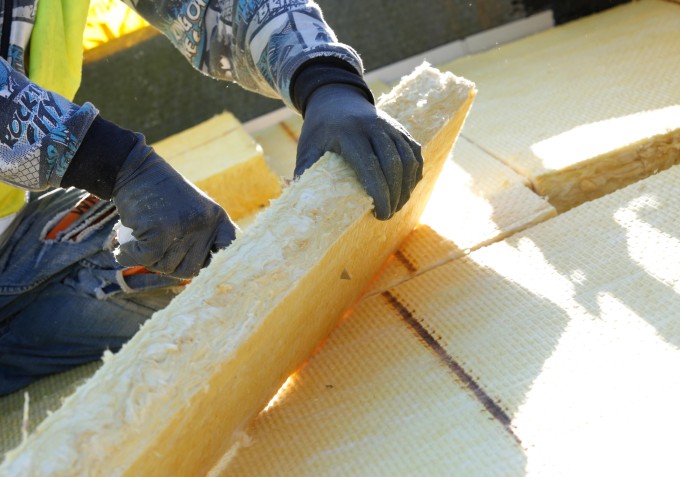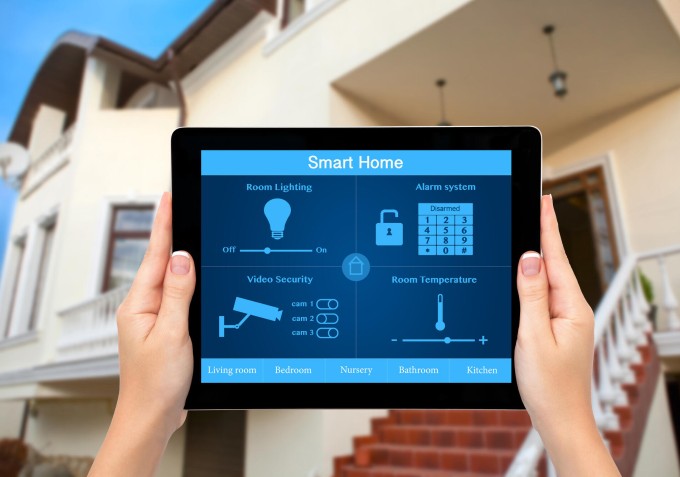Making a more energy efficient home
Soaring gas prices after Russia’s invasion of Ukraine have hit household budgets hard as energy bills remain high. Despite a new price cap of around £2,074, set by regulator Ofgem, homes across the UK still face crippling bills. Energy is regulated separately in Northern Ireland.
Energy efficiency is simply about using less energy which can help to reduce carbon emissions and the cost of your energy bills.
It doesn’t take much to make simple changes around the home to lower your monthly energy bills. From washing your clothes at a lower temperature to switching to LED light bulbs – every little action is one step closer to reducing the amount of energy needed to power appliances and heat the home.
1/ Look inside and out
You can create a more energy efficient home by investing in effective thermal insulation, which can prevent and reduce heat loss in buildings. Mineral wools, for example, can help to reduce heat loss or summer heat gains. Saint-Gobain Interior Solutions brands, Celotex and ISOVER provide a comprehensive thermal insulation offering to meet energy efficiency recommendations.
External wall insulation
This type of system is attached to the outside of your home and is built up in several layers including insulation board and an adhesive render coat. Saint-Gobain Weber can help with upgrades to the thermal properties and the aesthetics of your home with an external wall insulation system.
The Energy Saving Trust suggests that an uninsulated home loses a quarter of its heat through the roof. Loft insulation is possibly one of the easiest methods of insulating your home as it prevents the heat from escaping through the roof. Improving the thermal performance of the existing roof space without encroaching too much on floor space or head height can be achieved through rigid polyisocyanurate (PIR) insulation - one of the most thermally efficient, widely available materials on the market.
Internal Wall Linings
Internal wall linings can help reduce heat loss through walls, leading to a reduction in CO2 emissions and lower energy bills.

Material Monday: Insulation
It has never been more important to insulate your home as millions of homeowners across the UK face rising energy bills.
2/ Keep draughts out
You may need consider replacing your windows and doors with more energy-efficient types, such as double or triple glazing to trap more heat inside your house, allowing you to lower the thermostat and ultimately, your bills. Saint-Gobain Glass manufactures some of the UK’s most energy efficient glass. Installing double glazed windows with a rating of A++ could produce annual savings of £175, according to the Energy Saving Trust.
Draught proofing your home is another simple and inexpensive way to keep heat inside. Check your home for draughts – around your windows and doors – to see if any heat is escaping and cold air is getting in.
3/ Master the plaster
British Gypsum’s range of Gyproc plasterboards feature options with superior sound control, increased durability, improved fire-protection, better moisture resistance, more efficient thermal performance, and easier installation – contributing to thermal and acoustic comfort.
4/ Tap into the off-site trend
Off-Site construction is designed to make life on-site easier, helps customers to save time, reduces costs, improves safety, and helps to meet energy efficiency requirements. Saint-Gobain’s Off-Site Solutions division offers expertise in design, logistics, supply chain and sourcing, delivered through a partnership approach with its four specialist brands - Pasquill, Roofspace Solutions, Scotframe’s timber frame homes and Intrastack.
5/ Smart chance
Creating a self-build smart home is, well, smart! With the rising cost of living and mounting heating bills there has never been a better time for scheduling app-enabled devices to adjust the temperature and lighting in our homes, allowing us to maintain the right comfort levels.
Smart technology like thermostats work by only heating the rooms you're using, which heats your home more efficiently. You usually control them through your phone, so there's no need to worry about another remote. They could also help save you hundreds of pounds a year.

How to create a self-build smart home
Final thought
Do your research and cast your net wide by consulting with architects, engineers, and energy consultants who specialise in sustainable design to ensure the best results for your energy-efficient self-build home.
The UK Government’s website has information and guidance on financial support and saving energy at home.